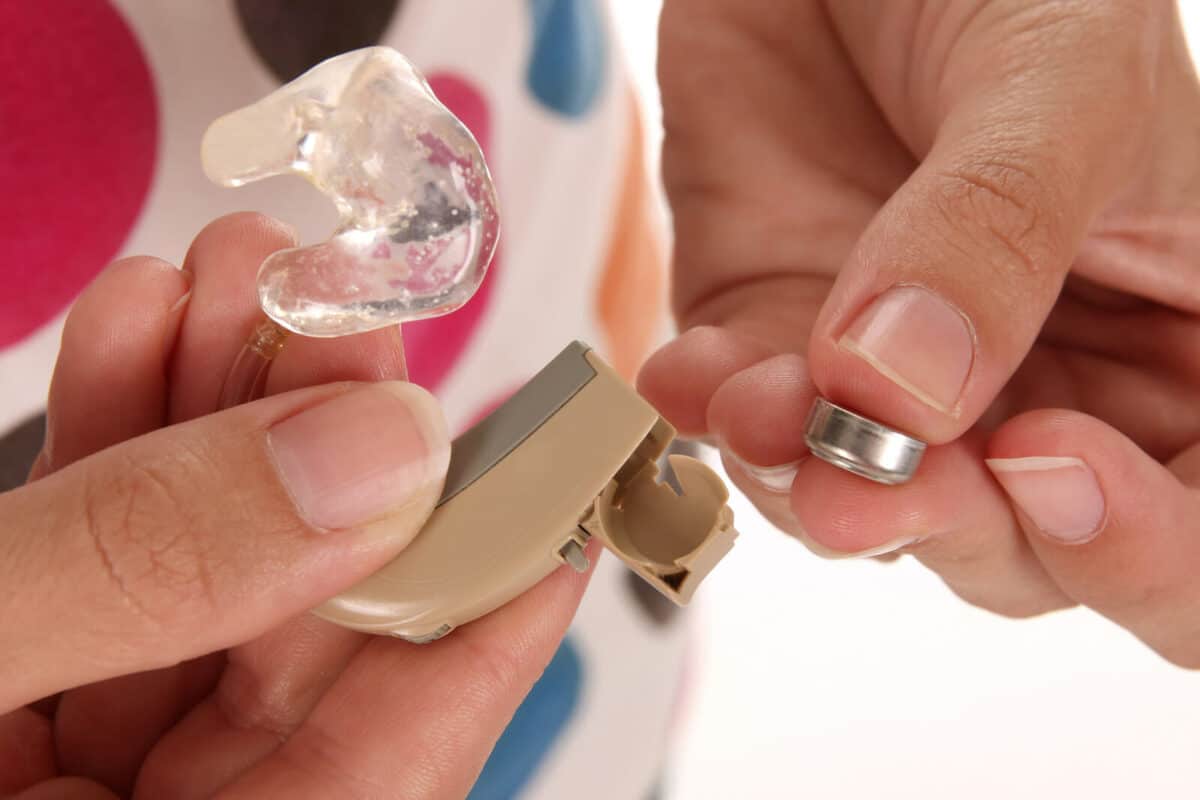Hearing aids, those tiny marvels that bring the world of sound to life, have evolved into sophisticated pieces of technology designed to enhance our auditory experiences. But have you ever wondered about the magic behind their functionality? In this blog, we’ll embark on a journey behind the scenes to unravel how hearing aids work, demystifying the technology that enables millions to rediscover the beauty of sound.
Capturing Sound Waves
The journey begins with the external microphone—a small yet powerful component strategically placed on the hearing aid. Its primary role is to capture sound waves from the environment. Just like our ears collect sound, the microphone functions as the ears of the hearing aid, capturing the richness of the surrounding soundscape.
Sound Processing
Once the microphone captures sound, the next stage involves sophisticated sound processing. The hearing aid’s microprocessor analyzes the incoming sounds, distinguishing between various frequencies and amplifying them based on the user’s unique hearing profile. This stage is crucial in ensuring that the amplified sound is tailored to the individual’s specific hearing needs.
Amplification
The heart of the hearing aid lies in its ability to amplify sounds selectively. Amplification is customized to address the frequencies that the individual may struggle to hear. This tailored approach ensures that the user experiences enhanced clarity in conversations, music, and other everyday sounds.
Transmission to the Receiver
After undergoing sound processing and amplification, the modified sound signal is transmitted to the hearing aid’s receiver. The receiver, often located within the ear canal, converts the electrical signals back into sound waves, ready to be processed by the user’s natural auditory system.
Feedback Control
Ever experienced that annoying whistling sound coming from a hearing aid? That’s feedback, and hearing aids are equipped with feedback control mechanisms to minimize or eliminate it. These systems use advanced algorithms to identify and suppress feedback, ensuring a comfortable and uninterrupted listening experience.
Directional Microphones
Many modern hearing aids are equipped with directional microphones, mimicking the natural ability of the human ear to focus on specific sounds. These microphones can adjust their sensitivity to pick up sounds from particular directions while reducing background noise. This feature is particularly useful in noisy environments, enhancing the user’s ability to engage in conversations.
Automatic Adjustments
Adaptability is a key feature of contemporary hearing aids. Some models are designed to automatically adjust settings based on the listening environment. Whether you’re in a quiet room or a bustling street, the hearing aid can intelligently modify its settings to optimize sound quality, providing a seamless and comfortable experience.
Power Source
Last but not least, the power source is a critical aspect of hearing aid functionality. Traditional hearing aids use disposable batteries, while many modern models feature rechargeable batteries for convenience and sustainability. The choice of power source often depends on the user’s preference and lifestyle.
The intricate dance of technology within a hearing aid transforms captured sound waves into a personalized symphony for the user. From the external microphone to sound processing, amplification, feedback control, directional microphones, automatic adjustments, and the power source, each component plays a vital role in delivering a tailored and enriched auditory experience. As we demystify the inner workings of hearing aids, may we gain a deeper appreciation for the ingenious technology that allows individuals to reconnect with the world of sound, creating a symphony of clarity and joy in their everyday lives.

